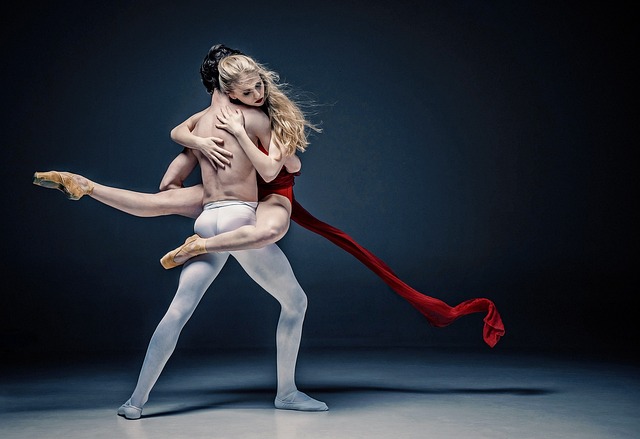Opinion
Mujra is a traditional form of dance and art
Mujra The Traditional Dance Art : Overall, Mujra represents a rich and significant aspect of South Asian cultural history, blending dance, music, poetry, and storytelling. While its popularity and social status have undergone changes over time, it continues to be appreciated and celebrated by enthusiasts of traditional arts and culture.
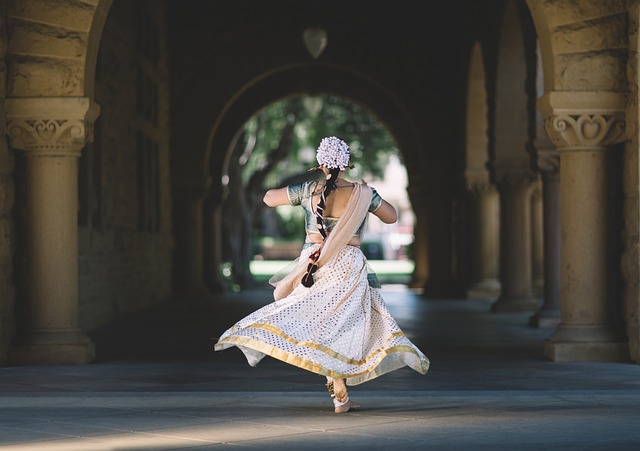
Mujra Traditional Dance Art: Mujra is a traditional form of dance and art that originated in the Indian subcontinent, particularly in the region that is now modern-day Pakistan and North India. It is a centuries-old art form that combines elements of classical dance, music, and poetry. The word “Mujra” itself is derived from the Arabic word “mizra,” meaning “ensemble” or “orchestra.”
History: Mujra Traditional Dance Art
Historically, Mujra was performed in the courts of Mughal emperors and later in the princely states of India. It was primarily performed by female artists known as Mujra dancers or tawaifs. These dancers were highly skilled in various classical dance forms such as Kathak and were also well-versed in Urdu poetry and classical music.
Mujra performances were usually held in a mehfil, a gathering or salon, where the tawaifs entertained the elite and noble patrons. The performances included expressive facial expressions, graceful hand gestures, intricate footwork, and rhythmic movements, all synchronized with live music and singing. The lyrics of the songs often conveyed themes of love, romance, and longing.
Over time, Mujra evolved and adapted to different regional styles and cultural influences. It became popular not only in the courts but also in theaters and music concerts. However, with the decline of the Mughal Empire and the changing social and political dynamics in the 19th and 20th centuries, Mujra faced a decline in its social standing.
Modern Time and Mujra Background
In modern times, Mujra is primarily associated with Pakistani culture and is performed by professional dancers in traditional settings such as weddings, cultural festivals, and stage shows. There are dedicated Mujra dance academies where aspiring dancers can learn the art form and its various techniques.
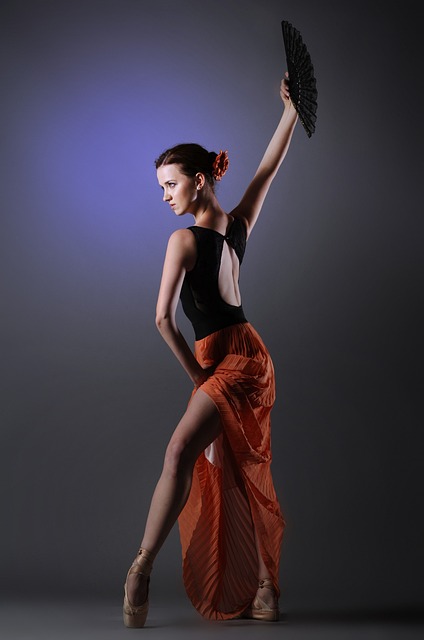
It is important to note that Mujra has often been a subject of controversy and debate due to its association with the courtesan culture, which has faced criticism for its exploitation of women. However, efforts have been made to preserve and promote Mujra as a cultural heritage and an art form in its own right.
Overall, Mujra represents a rich and significant aspect of South Asian cultural history, blending dance, music, poetry, and storytelling. While its popularity and social status have undergone changes over time, it continues to be appreciated and celebrated by enthusiasts of traditional arts and culture.
Here are some key points about Pakistani culture and Mujra dance art:
Pakistani Culture:
- Pakistani culture is a vibrant blend of various influences, including indigenous traditions, Islamic heritage, and regional diversity.
- It is characterized by hospitality, strong family values, and a rich artistic and cultural heritage.
- Pakistani culture encompasses a wide range of languages, music, dance forms, clothing styles, cuisine, and festivals.
- Languages: Pakistan is a linguistically diverse country with several major languages, including Urdu (the national language), Punjabi, Sindhi, Pashto, Balochi, and others.
- Music: Pakistani music is rich and varied, encompassing traditional folk music, classical music (such as Qawwali), and modern genres like pop, rock, and fusion. Instruments like the sitar, tabla, harmonium, and dhol are commonly used.
- Literature: Pakistani literature is renowned for its poetry, with famous poets like Allama Iqbal and Faiz Ahmed Faiz. Urdu literature holds a prominent place, but regional literature in other languages is also cherished.
- Festivals: Pakistan celebrates a range of festivals that vary across different regions and communities. Eid-ul-Fitr and Eid-ul-Adha are major Islamic festivals, while Basant is a spring festival known for kite-flying. Other festivals include Navroz, Diwali, and Christmas celebrated by various religious and cultural communities.
Mujra Dance Art:
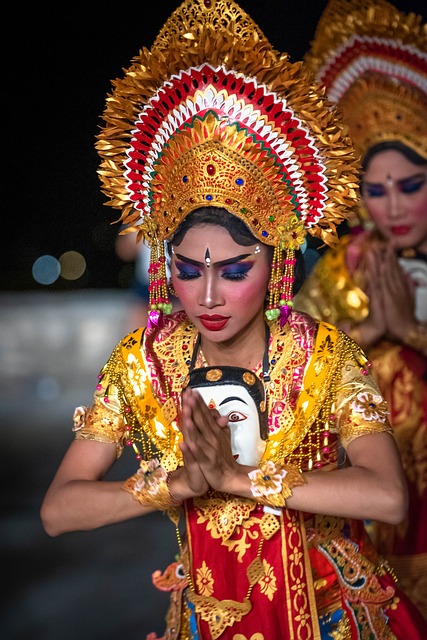
- Mujra is a traditional dance form that originated in the Indian subcontinent, particularly in present-day Pakistan and North India.
- It combines elements of classical dance, music, and poetry.
- Historically, Mujra was performed in the courts of Mughal emperors and later in princely states.
- Mujra dancers, known as tawaifs, were skilled in classical dance forms like Kathak, as well as Urdu poetry and classical music.
- Mujra performances feature expressive facial expressions, graceful hand gestures, intricate footwork, and synchronized live music and singing.
- The lyrics of Mujra songs often convey themes of love, romance, and longing.
- Mujra has evolved and adapted to different regional styles and cultural influences over time.
- Mujra, in contemporary times, is predominantly linked to Pakistani culture, and it finds expression through performances at wedding ceremonies, cultural festivals, and stage shows.
- Efforts have been made to preserve and promote Mujra as a cultural heritage and art form.
- Mujra has faced controversy due to its historical association with the courtesan culture, but it continues to be appreciated by enthusiasts of traditional arts and culture.
Costume and Makeup:
- Costume and Makeup: Mujra dancers traditionally wear ornate and colorful costumes, including the Anarkali-style dress with intricate embroidery and embellishments. They adorn themselves with jewelry, such as jhumkas (earrings), necklaces, and bangles. Elaborate makeup with emphasis on expressive eyes and red lips is also a characteristic feature.
Classical Dance Techniques:
- Classical Dance Techniques: Mujra draws heavily from the classical dance form of Kathak, known for its intricate footwork, graceful spins, and rhythmic movements. Dancers display mastery of mudras (hand gestures), abhinaya (expressive storytelling), and taal (rhythm).
Mujra and Poetry
- Music and Poetry: Mujra performances are accompanied by live music, usually featuring instruments like the tabla, harmonium, sarangi, and sitar. The songs sung during Mujra are often based on classical ragas and feature poetic verses in Urdu or other regional languages.
Social Context
- Social Context: In the course of history, Mujra was closely aligned with the culture of courtesans, during which female performers known as tawaifs entertained privileged clientele. However, as time has progressed, the nature of Mujra has transformed, now embracing more public platforms with a greater emphasis on artistic expression and the preservation of cultural heritage.
Contemporary Relevance:
- Contemporary Significance: Mujra remains widely acknowledged as a cultural artistic expression, receiving steadfast support from specialized academies and institutions aimed at cultivating its education and performance. It is prominently featured in cultural gatherings, weddings, and televised platforms, effectively upholding the tradition while embracing contemporary sensibilities.
Important Note and Conclusion in Bullets.
- It’s important to note that Pakistani culture is diverse and encompasses various regional traditions. Also, Pak is Land of customs, and art forms. So, this overview highlights some key aspects of the broader culture and the art of Mujra dance.
- Regenerate response
Please note that these points are a concise summary. There is much more to explore and learn about Pakistani culture and the art of Mujra dance. Kindly Don’t Miss out on liking our Facebook Page Mujra.PkOfficial
Opinion
The 9 Worst Mistakes You Can Ever Make at Your Dance Concert
To ensure you avoid pitfalls, here are the 9 worst mistakes you can ever make at your dance concert.
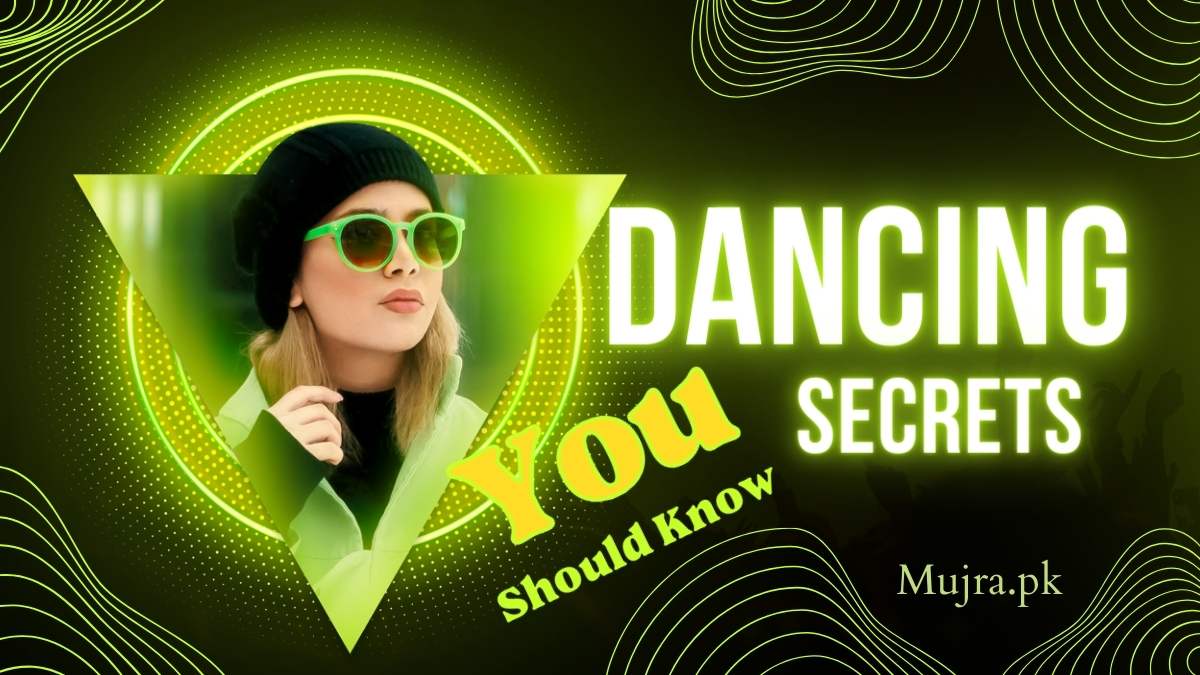
9 Worst Mistakes: Whether it’s your initial stage performance or your hundredth, your dance concerts must be a flawless presentation of your hard-earned talent. To ensure you avoid pitfalls, here are the 9 worst mistakes you can ever make at your dance concert.
Lack of Rehearsal
One of the biggest mistakes dancers make is neglecting adequate rehearsal time. Not practicing enough could lead to a lack of confidence on stage, which may show in your performance. Remember the saying, “Practice makes perfect”? It holds true in dancing too.
Improper Costumes
Choosing the wrong costume for your dance concert could be disastrous. Can you imagine a Ballet dancer in a hip-hop outfit? Ensure your costume complements the theme of your dance without restricting your movements.
Ignoring Stage Presence
How you captivate your audience defines your stage presence. Are you dancing for an audience or in your living room? Radiating confidence and interacting with your audience increases your performance level.
Not Warming Up
Overlooking your warm-up exercises? Warming up helps condition the body for rigorous dance routines and reduces the risk of injury. Isn’t it a major boo-boo to start performing without any warm-up?
The swift answer to that question is a resounding yes.
Misjudged Timing
No matter how captivated your audience is, overstaying your welcome on stage may become quite cumbersome. Keep your performance within the stipulated time to avoid overextending your stay.
Unsynced Teamwork
In group performances, coordination and synchronization are paramount. A disjointed team performance can appear confusing and uninspiring, can’t it?
Fortunately, this concern can be easily overcome with ample rehearsal and teamwork.
Not Following Backstage Etiquette
Backstage manners can sometimes make or break a performance. Noise and distractions backstage can impact one’s concentration. Observing quiet and order backstage can help performers maintain concentration and camaraderie.
Disregarding Audience Reaction
Ignoring your audience’s reaction could lead to a disconnected performance. Adapting according to your audience’s reaction will convey that you truly value their perspective.
Skipping After-performance Appreciation
Acknowledging your audience after your performance is a gracious way of showing appreciation. Simply thanking the audience can invite generous applause and positive feedback.
In dance, as in life, avoiding the worst mistakes can significantly improve your manual dexterity, creative expression, and what’s more, your audience’s satisfaction. So why not take these 9 terrible mistakes to heart, minimize them, and dance your way to a superb concert performance?
The 9 worst mistakes you can ever make at your dance concert – Avoid these mishaps for a smooth, successful, and satisfying dance concert experience.
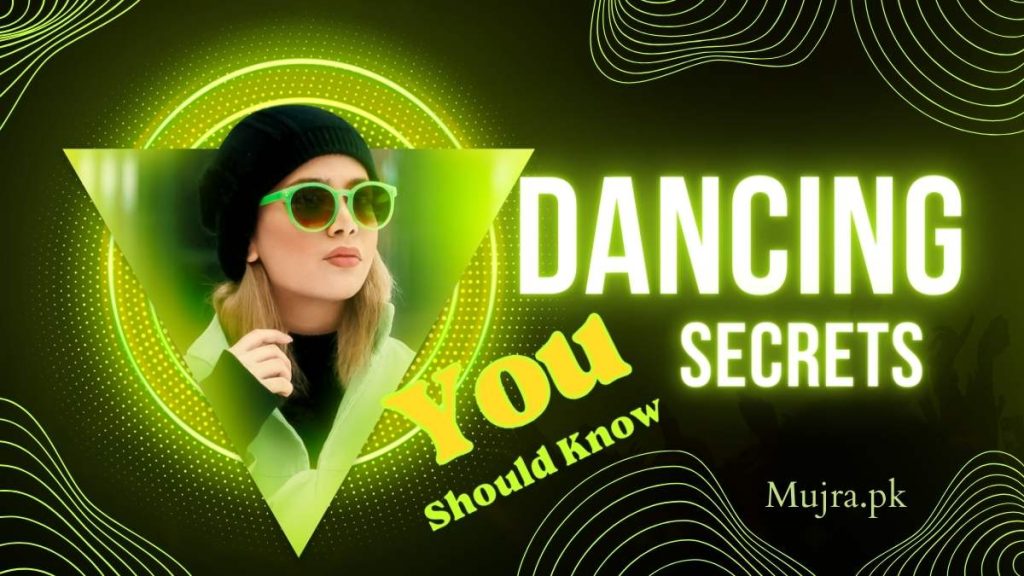
Avoid making these 9 worst mistakes at your dance concert. Embrace best practices for an exciting, engaging, and memorable performance!
Dance guideline
Visit our Facebook Mujra Page and Follow us on Instagram
Opinion
Chiriya Queens’ Mujra: You Must Know 11 Secret Things Right Now
Chiriya Queen’s Mujra is renowned for its expressive hand movements, known as “Mudras,” which communicate a range of emotions and narratives.
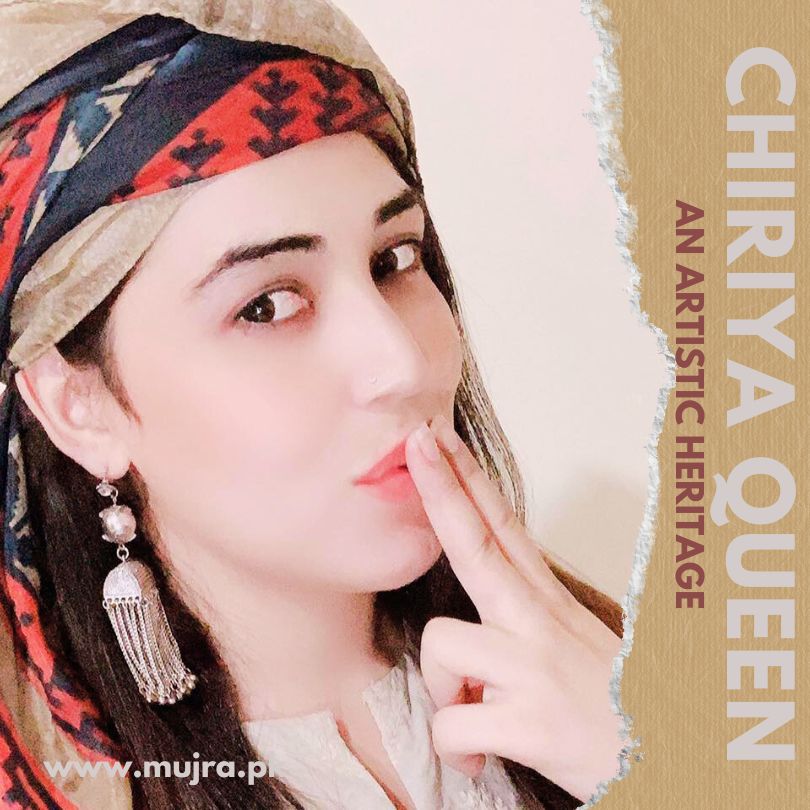
Chiriya Queens’ Mujra is an enchanting and graceful dance form deeply rooted in the rich cultural heritage of the Indian subcontinent. Known for its elegance, intricate footwork, and expressive movements, this traditional dance has captivated audiences for centuries. In this article, we will take a closer look at Chiriya Queens’ Mujra, exploring its history, significance, and impact on contemporary dance enthusiasts. Join us on a journey to discover the beauty and allure of this age-old art form. Chiriya Queen Hot Stage Dancer: Unraveling the Mesmerizing Journey of an Icon
H2: The Splendor of Chiriya Queens’ Mujra
Unraveling the Origins: Tracing the History of Mujra
Chiriya Mujra traces its origins back to the Mughal era in India, where it was initially performed in the royal courts as a sophisticated art form. Over time, it became an integral part of the region’s cultural tapestry, featuring performances by skilled female dancers known as “Chiriya Queens.” Mujra showcased themes of love, poetry, and emotion, leaving the audience entranced by the mesmerizing choreography and graceful expressions.
The Essence of Chiriya Queens Mujra: An Artistic Heritage
The art of Chiriya Queens Mujra celebrates the essence of womanhood, embodying both elegance and strength. The dance style combines intricate hand gestures, delicate footwork, and graceful postures, creating a captivating visual symphony that evokes a myriad of emotions.
Embracing the Tradition: Elements of Chiriya Queens’ Mujra
Expressive Hand Gestures: The Language of Emotions
Chiriya Queen’s Mujra is renowned for its expressive hand movements, known as “Mudras,” which communicate a range of emotions and narratives. Each gesture carries symbolic meaning, adding depth and richness to the storytelling aspect of the dance.
Footwork and Rhythms: The Heartbeat of the Dance
The intricate footwork in Chiriya’s sexy Mujra accentuates the rhythm of the music, creating a melodic synergy between the dancer’s movements and the accompanying instruments. The subtle tapping of feet on the ground adds an enchanting musical dimension to the performance.
The Revival of Chiriya Queens’ Mujra: Preserving the Heritage
Challenges and Triumphs: Preserving an Ancient Dance Form
In modern times, Chiriya Queens’ Mujra faced challenges in preserving its cultural significance and popularity. However, dedicated artists and dance enthusiasts have worked tirelessly to keep this ancient art form alive by organizing workshops, performances, and cultural events.
The Contemporary Appeal: Mujra in the Digital Age
With the advent of social media and online platforms, Chiriya Queens’ Mujra has found a new audience and appreciation worldwide. Through digital expression, young dancers showcase their talents, learn from experienced artists, and connect with a global community that cherishes this age-old dance form.
Embracing Chiriya Queens’ Mujra: A Journey for Everyone
Learning and Participating: Accessible to All
Chiriya Queens’ Gorgeous dance welcomes individuals of all ages and backgrounds to experience its beauty and grace. Dance academies and cultural centers offer workshops and classes for beginners, fostering an inclusive environment where anyone can learn and appreciate this art form.
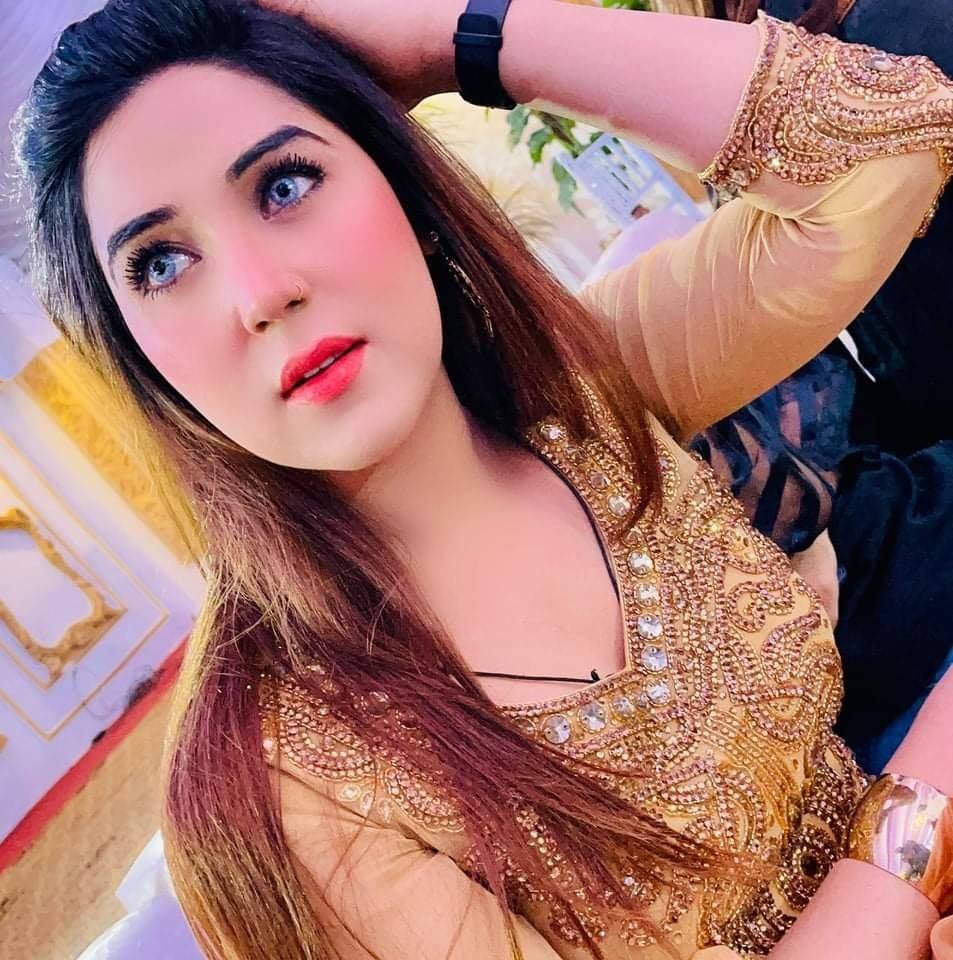
A Cultural Experience: Preserving Heritage Through Dance
Experiencing Chiriya Queens’ dance transcends merely learning dance steps; it provides a window into the rich cultural heritage of the Indian subcontinent. By embracing this traditional dance, individuals become cultural ambassadors, spreading awareness and appreciation of this timeless art form.
Conclusion:
Chiriya Queens dance continues to enchant audiences with its timeless beauty and grace, preserving its place in history while adapting to the digital age. This traditional dance form, with its expressive movements and captivating storytelling, serves as a testament to the enduring power of cultural heritage. As Chiriya QueenMujra finds new admirers worldwide, it remains a symbol of the rich artistic legacy passed down through generations.
Chiriya Queen’s Social Links and Info
Instagram Account of Chiriya Queen : Chiriya Queen official
Facebook Page: Chiriya queen
TikTok: Chiriya_Cute
YouTube: ChiRiYa QuEEn
Email: Chiriyaqueen@icloud.com
Phone: +92 300 5023666
Visit our Facebook Mujra Page and Follow us on Instagram
Keywords: Chiriya Queens hot Mujra, traditional dance, cultural heritage, expressive movements, Mudras, footwork, digital expression, preserving heritage, inclusive environment.
Opinion
World Hot Dance: Uniting Cultures and Hearts with Global Rhythms
Dance is a universal language that unites people from all walks of life, transcending cultural boundaries and bringing joy to every age group. In this article, we will delve into the captivating world of hot dance, exploring its evolution, cultural significance, and the power it holds in creating connections between individuals worldwide. From traditional folk dances to modern-day sensations, let’s discover the diversity and allure of world hot dance.

World Hot Dance: Dance is a universal language that unites people from all walks of life, transcending cultural boundaries and bringing joy to every age group. In this article, we will delve into the captivating world of hot dance, exploring its evolution, cultural significance, and the power it holds in creating connections between individuals worldwide. From traditional folk dances to modern-day sensations, let’s discover the diversity and allure of world hot dance. Must read Mujra Traditional and Classical Dance and Mujra is a traditional form of dance and art
The Evolution of World Hot Dance
Dance has been an integral part of human expression since ancient times. Furthermore, It served as a way to communicate emotions, celebrate, and express cultural heritage. Moreover, As civilizations emerged, various dance forms took shape, blending regional traditions and rituals. So, Over time, these dances spread across continents through migration, trade, and cultural exchange.
Traditional Folk Dances: The Soul of a Nation
Traditional folk dances embody the spirit and identity of a nation. Firstly, These dances often reflect historical events, religious beliefs, and agricultural practices. Secondly, From the energetic Irish jig to the graceful Thai dance, each movement narrates a unique story. Despite the evolution of contemporary dance styles, these traditional folk dances remain deeply cherished and continue to be performed during festivities and cultural events.
H3: Latin Sensations: The Passionate Rhythms
The Latin dance scene has captured the hearts of people worldwide with its infectious beats and sensual movements. Salsa, tango, and bachata are just a few examples of the many Latin dance forms that have gained global popularity. These dances not only serve as a means of expression but also promote a sense of unity and passion on the dance floor.
- The 9 Worst Mistakes You Can Ever Make at Your Dance Concert
 To ensure you avoid pitfalls, here are the 9 worst mistakes you can ever make at your dance concert.
To ensure you avoid pitfalls, here are the 9 worst mistakes you can ever make at your dance concert. - Chiriya Queens’ Mujra: You Must Know 11 Secret Things Right Now
 Chiriya Queen’s Mujra is renowned for its expressive hand movements, known as “Mudras,” which communicate a range of emotions and narratives.
Chiriya Queen’s Mujra is renowned for its expressive hand movements, known as “Mudras,” which communicate a range of emotions and narratives. - World Hot Dance: Uniting Cultures and Hearts with Global Rhythms
 Dance is a universal language that unites people from all walks of life, transcending cultural boundaries and bringing joy to every age group. In this article, we will delve into the captivating world of hot dance, exploring its evolution, cultural significance, and the power it holds in creating connections between individuals worldwide. From traditional folk dances to modern-day sensations, let’s discover the diversity and allure of world hot dance.
Dance is a universal language that unites people from all walks of life, transcending cultural boundaries and bringing joy to every age group. In this article, we will delve into the captivating world of hot dance, exploring its evolution, cultural significance, and the power it holds in creating connections between individuals worldwide. From traditional folk dances to modern-day sensations, let’s discover the diversity and allure of world hot dance.
The Global Dance Fever: From Bollywood to K-Pop
The 21st century witnessed the rise of global dance phenomena with the advent of technology and social media. Certainly, Two prominent styles that took center stage were Bollywood and K-Pop dances.
Bollywood Dance: Colors, Glamour, and Fun
Bollywood dance, derived from India’s film industry, Bollywood, is characterized by its vibrant costumes, high energy, and storytelling through dance moves. As Bollywood movies gained international recognition, so did their dance styles. Additionally, Today, Bollywood dance classes are offered across the globe, bringing people together to celebrate the joy of dancing.
The K-Pop Dance: A Worldwide Obsession
K-Pop, the South Korean music genre, took the world by storm, and with it came captivating dance routines. K-Pop dance covers and challenges flooded social media platforms, creating a global dance community. The catchy tunes and synchronized moves of K-Pop groups like BTS and Blackpink have inspired millions to learn and perform their choreographies.
The Impact of World Hot Dance
The power of dance extends beyond entertainment; it fosters cultural exchange, boosts confidence, and improves physical and mental well-being.
Cultural Exchange and Understanding
World hot dance forms serve as bridges that connect people from different backgrounds. When individuals learn and perform dances from other cultures, they gain a deeper understanding and appreciation of their global neighbors.
The Therapeutic Benefits of Dance
Dance has therapeutic effects, relieving stress and anxiety. It promotes positive self-expression and helps individuals build confidence in their abilities, no matter their age or experience.
The Ever-Evolving World of Dance: Embracing Change and Diversity
The dance world continues to evolve, giving birth to innovative styles that incorporate elements from different cultures and genres. Particularly, The fusion of traditional and contemporary dance forms has led to new and exciting experiences for dancers and audiences alike.
Online Dance Communities: Bridging Gaps in a Digital Age
In the digital era, online dance communities have become a driving force in spreading dance trends and knowledge. Thereafter, Through social media and video platforms, aspiring dancers can learn from renowned choreographers and connect with like-minded enthusiasts from across the globe.

Conclusion: World Hot Dance, the Universal Language
As a result, World hot dance remains an extraordinary medium that unites people of all ages, races, and backgrounds. From traditional cultural expressions to modern-day sensations, the global dance scene continues to evolve, leaving an indelible mark on the hearts of millions worldwide. On the Other hand, Embrace the diversity of dance, let it move your soul, and join the ever-expanding community that celebrates the joy of dance together.
Keywords: World Hot Dance, Traditional Folk Dances, Latin Dance, Bollywood Dance, K-Pop Dance, Cultural Exchange, Therapeutic Benefits of Dance, Online Dance Communities.
Visit our Facebook Mujra Page and Follow us on Instagram
-
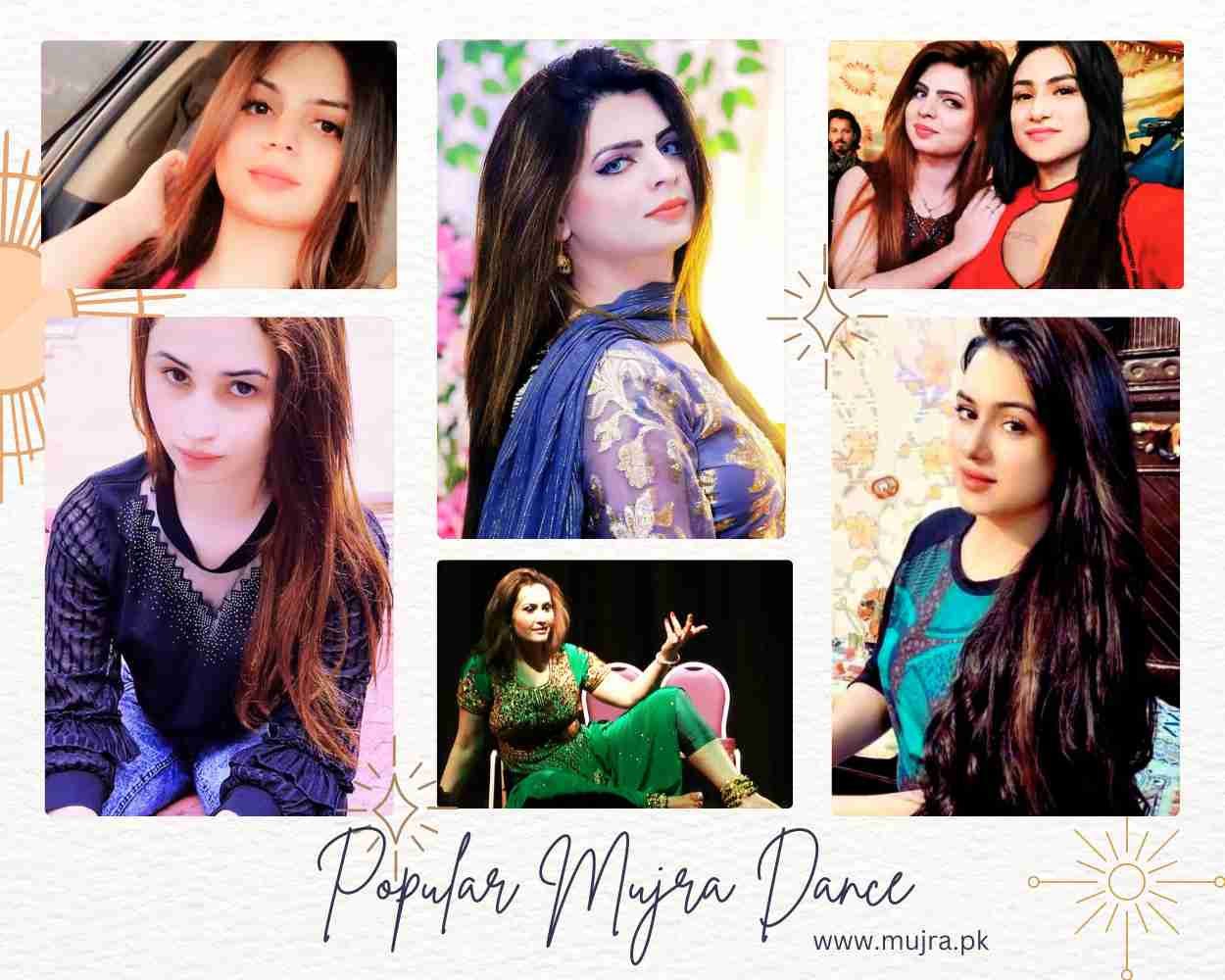
 Pakistani Dancers10 months ago
Pakistani Dancers10 months agoThe Enchanting Allure of Mujra Videos: Exploring their Popularity in Pakistan and India in 2023
-
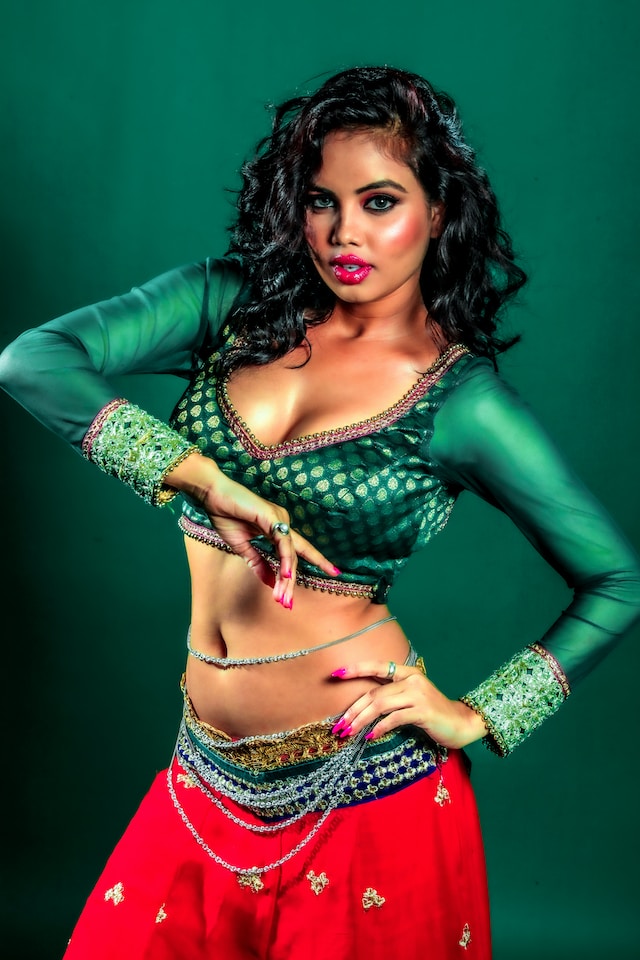
 Opinion10 months ago
Opinion10 months agoMujra Traditional and Classical Dance
-
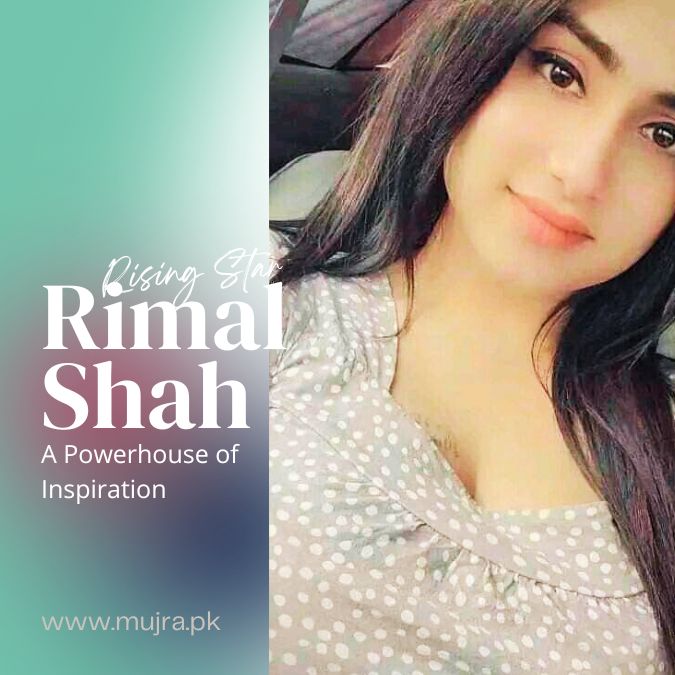
 Biography10 months ago
Biography10 months agoRimal Ali Shah: A Powerhouse of Inspiration
-

 Entertainment10 months ago
Entertainment10 months agoNora Fatehi Dilbar Dilbar: A Sensational Dance Extravaganza That Will Leave You Spellbound
-
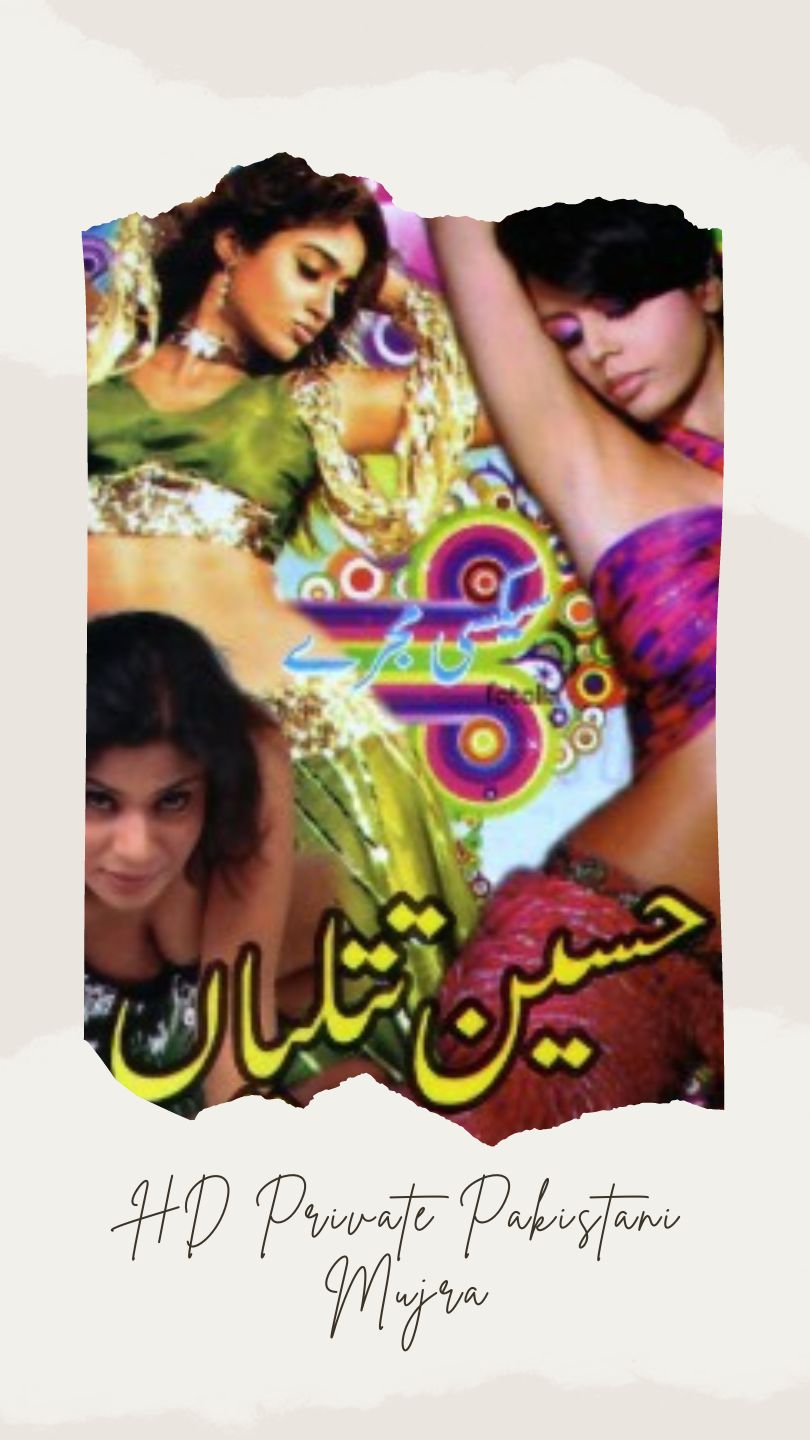
 Hot Mujra10 months ago
Hot Mujra10 months agoHD Private Pakistani Mujra By Various Pakistani Stage Dancers
-

 Biography9 months ago
Biography9 months agoChiriya Queen Hot Stage Dancer: Unraveling the Mesmerizing Journey of an Icon
-
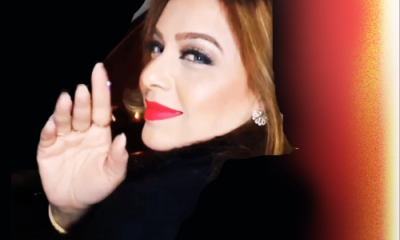
 Biography10 months ago
Biography10 months agoMegha – The Sensational Sensation of Pakistani Stage Dance
-
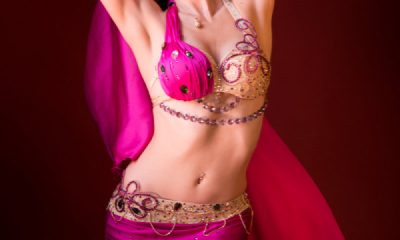
 News & Gossip9 months ago
News & Gossip9 months agoSilvia Brazzoli Raqs: A Trailblazer in the World of Art


